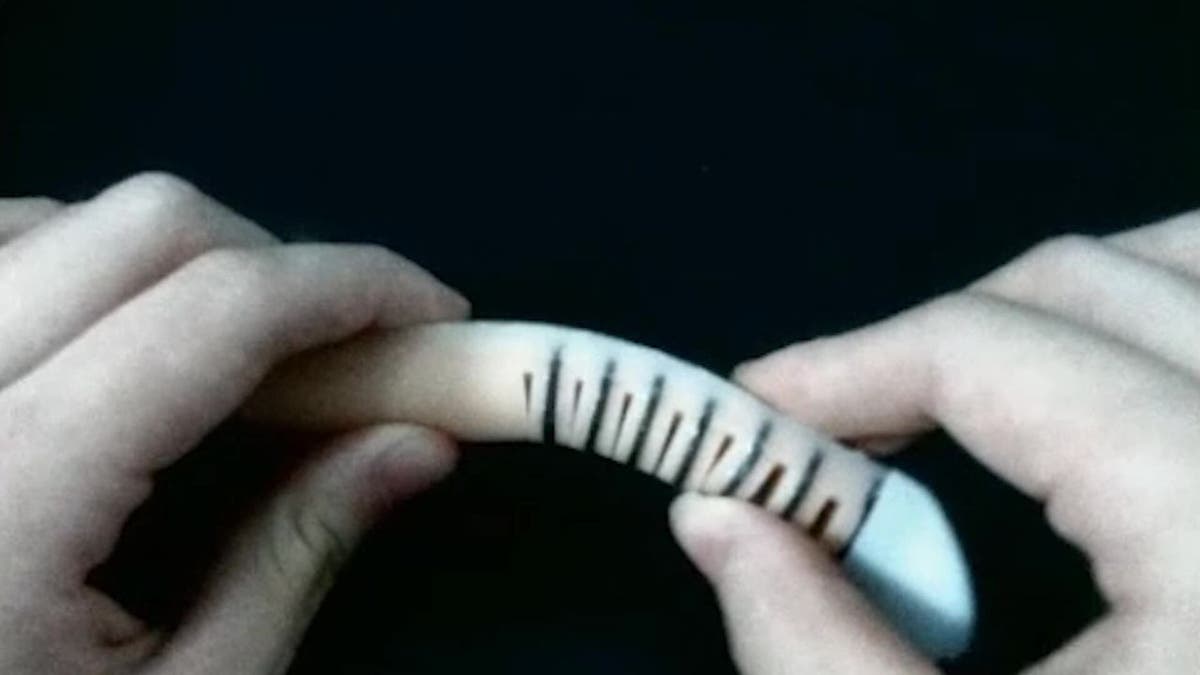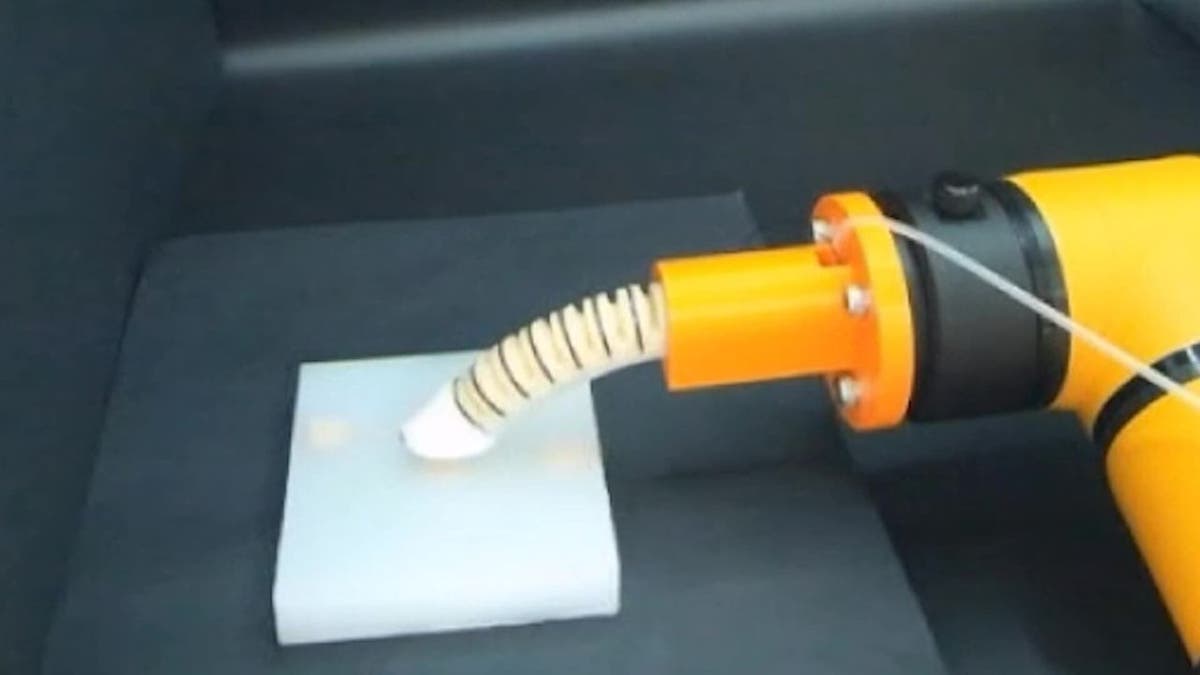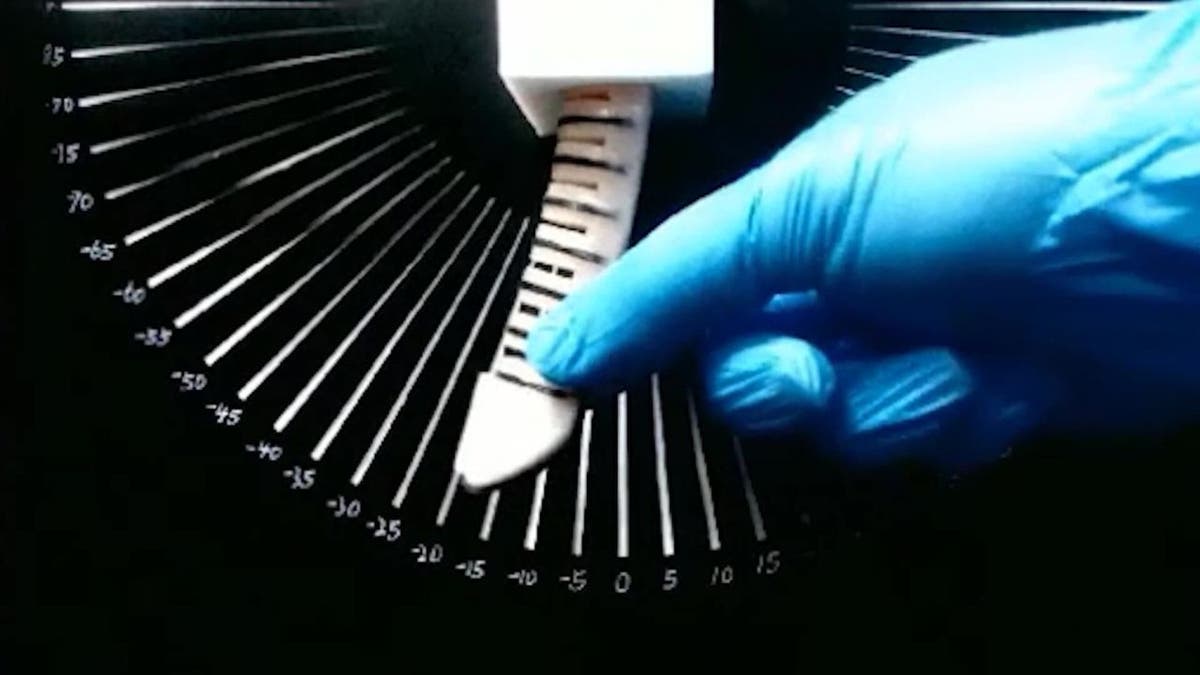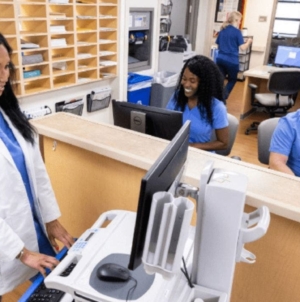-
Why Pope Francis’ X account keeps accidentally drawing in Saints fans - 24 mins ago
-
Putin congratulates Trump on election win, says he’s ‘ready’ for talks - 31 mins ago
-
Arizona and Nevada Senate Races Face Unfounded Claims of Election Stealing - 33 mins ago
-
Prince William says 2024 was ‘hardest year in my life’ after Kate Middleton, King Charles’ cancer diagnoses - 35 mins ago
-
Amid wildfires, police arrest man trying to start fire in Ventura - 39 mins ago
-
Woman divorces husband before she disappears on trip; Clerk killed by predator in a van - 41 mins ago
-
49ers RB Christian McCaffrey expected to play Sunday, coach Kyle Shanahan says - about 1 hour ago
-
7 Most Likely Destinations For Dodgers Star Teoscar Hernández As AL East Interest Grows - about 1 hour ago
-
Why it’s wrong to blame Trump’s victory on Latino men - about 1 hour ago
-
Prince William says year has been ‘brutal’ amid King Charles’ and Princess Kate’s cancer diagnoses - about 1 hour ago
Could your next physical exam be performed by a robot finger?
Researchers have made remarkable advancements in robotics, particularly with the introduction of a human-like robotic finger capable of performing routine medical examinations similar to those conducted by doctors.
This innovative device, developed by the University of Science and Technology of China, promises to revolutionize health care by addressing the growing shortage of trained medical professionals and alleviating patient discomfort during physical exams.
Image of robotic finger. (USTC)
Mimicking human touch
The bioinspired soft finger (BSF) is designed to replicate the dexterity and sensitivity of human fingers. It features a unique semicircular shape and employs pneumatic networks that allow it to bend and sense pressure effectively. This robotic finger can perform essential tasks such as palpation, which is crucial for detecting abnormalities in tissues, and measuring pulse rates.
ENTER CYBERGUY’S $500 HOLIDAY GIFT CARD SWEEPSTAKES! IT’S FREE TO ENTER — SIMPLY SIGN UP FOR MY FREE TECH NEWSLETTER TO GET YOUR CHANCE TO WIN NOW!
The BSF’s design is significant because it combines bending actuation with integrated multimodal sensing. This means it can perceive various physical properties of objects through active touch, much like a human finger would. The researchers have emphasized that physical examinations are one of the most effective methods for early detection of conditions such as breast cancer, making this technology particularly valuable in clinical settings.

Image of robotic finger. (USTC)
THE CREEPY YET HELPFUL HUMANOID ROBOT READY TO MOVE INTO YOUR HOME
Addressing health care challenges
The development of the BSF is timely, given the dual challenges in health care today. On one hand, there is a notable shortage of trained physicians, which can lead to delays in diagnosis and treatment for various medical conditions. On the other hand, many patients are reluctant to undergo physical examinations, especially when being examined by doctors of the opposite gender. A robotic alternative like the BSF could provide a more comfortable and accessible option for patients, potentially increasing participation in necessary medical assessments.
WHAT IS ARTIFICIAL INTELLIGENCE (AI)?

Image of robotic finger. (USTC)
ROBOTS GET A FEEL FOR HUMAN TOUCH, NO ARTIFICIAL SKIN REQUIRED
How the robotic finger operates
The BSF operates through a combination of bending movements and pressure sensing. When pressurized, its air chambers expand, causing the finger to bend inward. This bending action allows the robotic finger to perform palpation on model tissues effectively. In tests, the BSF successfully identified model lumps and accurately measured pulses in human participants. The researchers noted that this robotic finger can “feel” stiffness and perform safe and precise palpation similar to that of a human doctor.
ENTER CYBERGUY’S $500 HOLIDAY GIFT CARD SWEEPSTAKES!

Image of robotic finger. (USTC)
WOULD YOU TRUST A ROBOT WITH YOUR SMILE?
Future implications
The implications of this technology extend beyond simple examinations. The BSF could be employed in various health care contexts, including routine checkups and remote health hcare scenarios in which a physical presence is not feasible. Additionally, it could serve as a valuable training tool for medical students, allowing them to practice their palpation skills without needing live patients.
GET FOX BUSINESS ON THE GO BY CLICKING HERE

Image of robotic finger. (USTC)
SUBSCRIBE TO KURT’S YOUTUBE CHANNEL FOR QUICK VIDEO TIPS ON HOW TO WORK ALL OF YOUR TECH DEVICES
Kurt’s key takeaways
By combining sophisticated robotics with essential diagnostic functions, this innovation not only enhances health care accessibility but also addresses critical shortages in medical personnel. As research progresses and these technologies become integrated into clinical practice, we may soon witness a future where robotic assistance plays an integral role in patient care, paving the way for a new era in health care delivery.
Would you feel comfortable undergoing a medical examination performed by a robotic finger instead of a human doctor? Let us know by writing us at Cyberguy.com/Contact
CLICK HERE TO GET THE FOX NEWS APP
For more of my tech tips and security alerts, subscribe to my free CyberGuy Report Newsletter by heading to Cyberguy.com/Newsletter
Ask Kurt a question or let us know what stories you’d like us to cover.
Follow Kurt on his social channels:
Answers to the most asked CyberGuy questions:
New from Kurt:
Copyright 2024 CyberGuy.com. All rights reserved.
Source link































